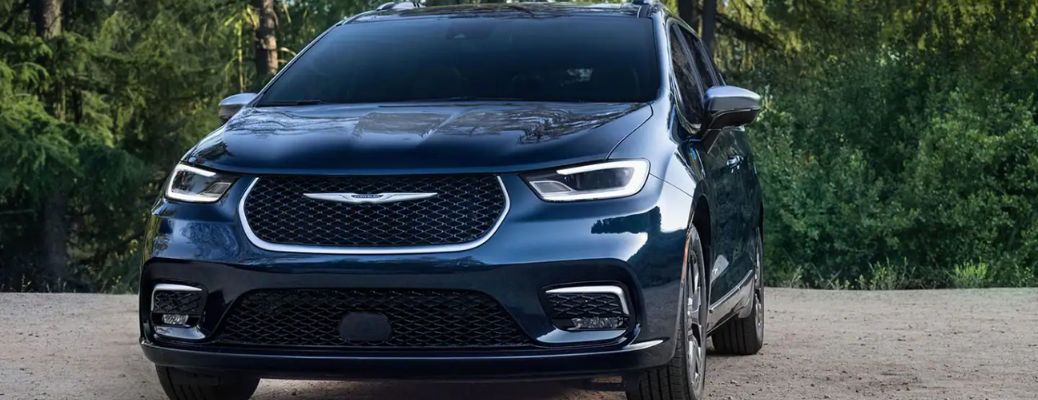
Key Takeaways
- Buying a used car is more affordable than a new one.
- Used cars depreciate at a slower rate compared to new vehicles.
- Insurance rates for used vehicles are typically lower than for new ones.
- A broader range of options is available when buying a used car.
- Buying a used vehicle contributes to reducing the environmental footprint.
Are you contemplating buying a car but feel overwhelmed by the prices of brand-new models? Purchasing a used car is an option worth exploring in this case!
Buying a used car can be one of the best financial decisions, offering numerous advantages, from cost savings to a broader selection of models.
This article will explore why buying a used car could be your best decision yet. Auffenberg Chrysler of Herrin provides a wide selection of high-quality used cars to suit your needs and budget. Explore our range of used vehicles today!
Cost-Effective
Cost savings are among the most compelling reasons to buy a used car. A brand-new car can be expensive, and its value depreciates significantly as soon as you drive it off the dealership.
Depreciation is the loss of value that a car experiences over time. New cars tend to depreciate much faster during the first few years of ownership. Some new cars can lose about 20-30% of their value within the first year and about 50% or more over three years.
However, the depreciation rate slows down significantly after the first few years. Buying a used car can be a wise investment as you let someone else take the initial depreciation hit. You can then resell the used car a few years later with minimal loss in value.
Insurance Savings
Insurance rates are typically based on the value of the car. Since a used car has a lower value than a new one, the cost of insuring it is usually lower as well.
Additionally, some elements of car insurance, like collision and comprehensive coverage, may also be less expensive for a used car. Therefore, buying a used car can significantly save insurance costs.
Wider Selection
When you opt to buy a used car, you have a more comprehensive selection of makes and models to choose from.
This is because you are not limited to the current year’s models but can also choose from cars manufactured in previous years. This broader range of options makes finding a vehicle that fits your needs and preferences easier.
You may also find used cars with features or options that are no longer available in newer models.
Environmental Benefits
Buying a used car is also a more environmentally friendly option. Manufacturing new cars requires significant energy and resources and contributes to pollution.
Additionally, the disposal of old cars also has an environmental impact. By purchasing a used car, you are helping to reduce the demand for new vehicles and, therefore, contributing to a reduction in the ecological footprint.
Maintenance Records
One common concern about buying a used car is the uncertainty about its maintenance history. However, nowadays, many used cars come with detailed maintenance records that can provide insight into the car’s history and how well it has been taken care of.
Some used car sellers even offer certified pre-owned vehicles that have been thoroughly inspected and refurbished to ensure they are in good condition.
Technology and Features
Another misconception is that used cars are outdated and lack modern technology and features.
However, many used cars, especially those only a few years old, come equipped with the latest technology and features, such as navigation systems, advanced safety features, and smartphone integration.
Room for Negotiation
There is often more room for negotiation when buying a used car than a new one. Dealerships and private sellers may be more willing to negotiate the price of a used car, allowing you to get a better deal.
You may also have the option to negotiate other terms such as warranty and financing.
Financing Options
Many dealerships offer financing options for used cars, making it easier to afford the vehicle you want. Interest rates for used car loans may be higher than for new vehicles, but the overall cost is still likely to be lower due to the lower purchase price of the used car.
Certified Pre-Owned Options
Many manufacturers offer certified pre-owned (CPO) programs, where used cars are thoroughly inspected, refurbished, and approved by the manufacturer or dealer.
These cars often come with extended warranties and may include additional benefits such as roadside assistance.
Buying a certified pre-owned vehicle can give you added peace of mind as it ensures that the car is in good condition and has been well-maintained.
Additional Benefits
Owning a car comes with additional costs, including maintenance, repairs, and fuel. When you buy a new car, you may need to spend more on these extra costs as new vehicles often require more expensive parts and services.
Additionally, new cars usually have higher fuel consumption rates than older models. On the other hand, used cars often have lower maintenance and repair costs as they have already undergone initial repairs and services.
Furthermore, many used cars are more fuel-efficient, which can lead to significant savings in the long run. Overall, buying a used car can help you save on additional costs associated with car ownership.
Conclusion
Buying a used car can be an intelligent financial decision with numerous benefits. From cost savings to reduced depreciation, lower insurance rates, a more comprehensive selection of models, and contributing to environmental sustainability, there are several reasons why buying a used car could be your best decision yet.
Additionally, with options such as certified pre-owned vehicles, detailed maintenance records, and room for negotiation, buying a used car has become more reliable and convenient.
Explore the range of used cars available at Auffenberg Chrysler of Herrin and make a wise financial decision today!










